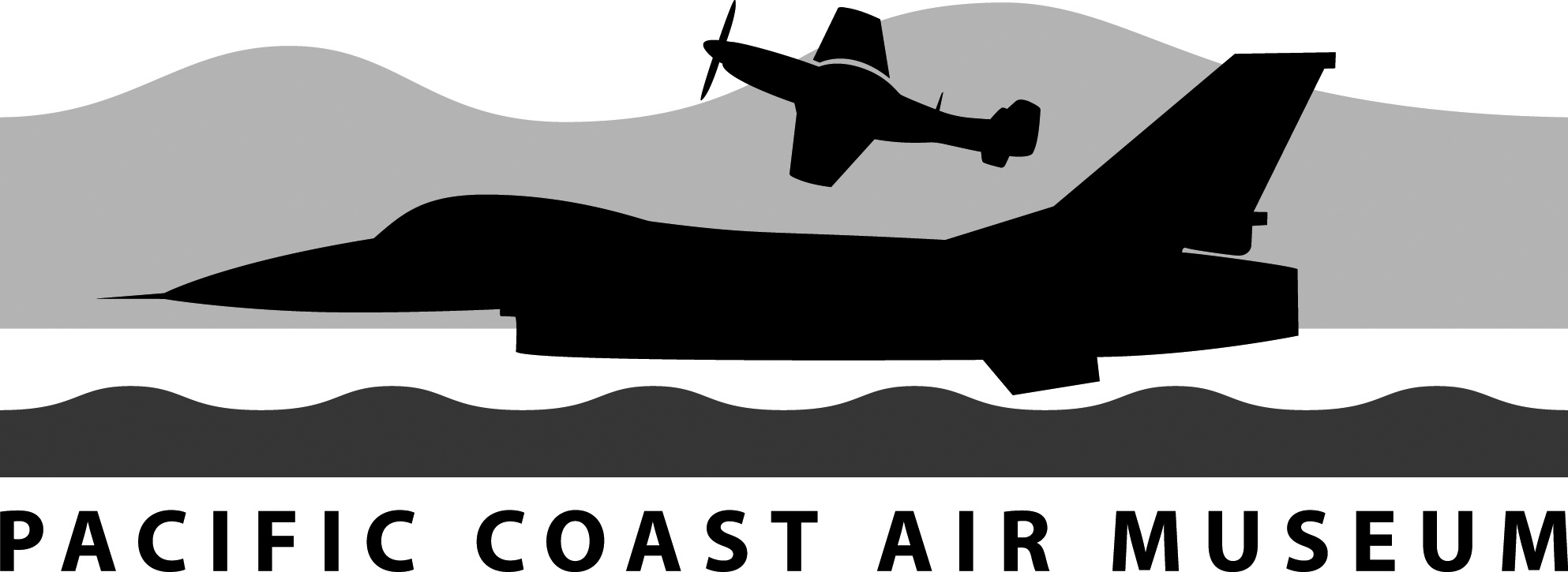D-21 Drone II History
From Wikipedia: The Lockheed D-21 was a Mach 3+ reconnaissance drone. The drone was originally designed to be launched off the back of its A-12-based M-21 aircraft. Development began in October 1962. Originally known by the Lockheed designation Q-12, it was intended for reconnaissance missions deep into enemy airspace. The D-21 was designed to carry a single high-resolution photographic camera over a pre-programmed path, then release the camera module into the air for retrieval, followed by the drone’s self-destruct. learn more…
D-21 Drone Specifications
Wingspan
19 ft 1/4 in
Length
42 ft 10 in
Height
7 ft 1/4 in
Launch Weight
11,000 lb
None: Unmanned aerial reconnaissance drone
Maximum speed:
Mach 3.35 (2,210 mph, 1,920 knots, 3,560 km/h)
Service Ceiling:
95,000 ft (29,000 m)
Range:
3,000 nmi, 3,450 mi, 5,550 km
One Marquardt RJ43-MA-20S4 ramjet
None
Dave Sandine













